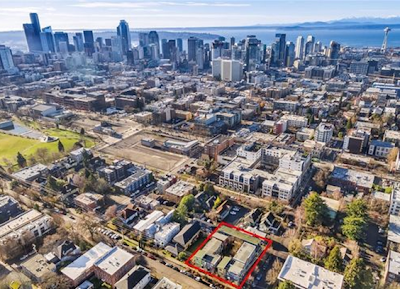New York City’s MTA is now pushing the idea of capturing elevated real estate values created along subway expansion lines. It has taken so long to come to this conclusion. Read more…
The New York Times: The Subways Made Them Rich. Is It Time for Them to Pay Up?
By JIM DWYER
DEC. 14, 2017
Excerpts:
By now, it is pretty much agreed that the transit system, apart from the small matter of safely moving nearly six million people 365 days a year, is a multistory mess.
That’s why it was stirring to hear this week that people at the Metropolitan Transportation Authority are pushing an idea that long ago was ripe and ready: harvesting slivers from the city’s tremendous real estate wealth to help pay for the transit system that created it. New York has a long, long history of not doing this — of providing mass transit to real estate owners, making them rich, but not getting anything directly back.
Every expansion of transit since 1940 has been paid for by the riders and the general public. That means close to half the debt service carried by the public is an outright gift to real estate owners along new routes.
Now, it seems, perhaps for the first time, the M.T.A., including the governor’s appointees, wants to change who will bear the costs for new projects. At a meeting Wednesday, Carl Weisbrod, argued that some of the cost should be paid by the real estate development the new service will make possible. The urban planners call it “value capture.” The chairman of the M.T.A., Joseph J. Lhota, replied, “All future projects will take that into account.” He said the agency would ask for legislation to make it practical, and Patrick J. Foye, its president, is leading the effort.
Not a century too soon.
“I know from my standpoint as a real estate owner, when public transportation is built in front of my buildings, my buildings are worth more, and I should pay more of a proportion of that cost,” Scott Rechler, an M.T.A. board member and real estate developer, said on Wednesday.
“We need to find a way to stop absorbing the cost of creating economic value while being left out of the upside,” board member Mr. Vitiello said.
On the drawing board is the next phase of the Second Avenue subway on the Upper East Side of Manhattan. Soaring property values along the first three stops are already evidence of the line’s worth, said Charles Moerdler, another board member, urging that capturing some of the value in the next phase was essential.
“Money has been left on the table,” Mr. Foye said. “We don’t want to do that anymore.”




